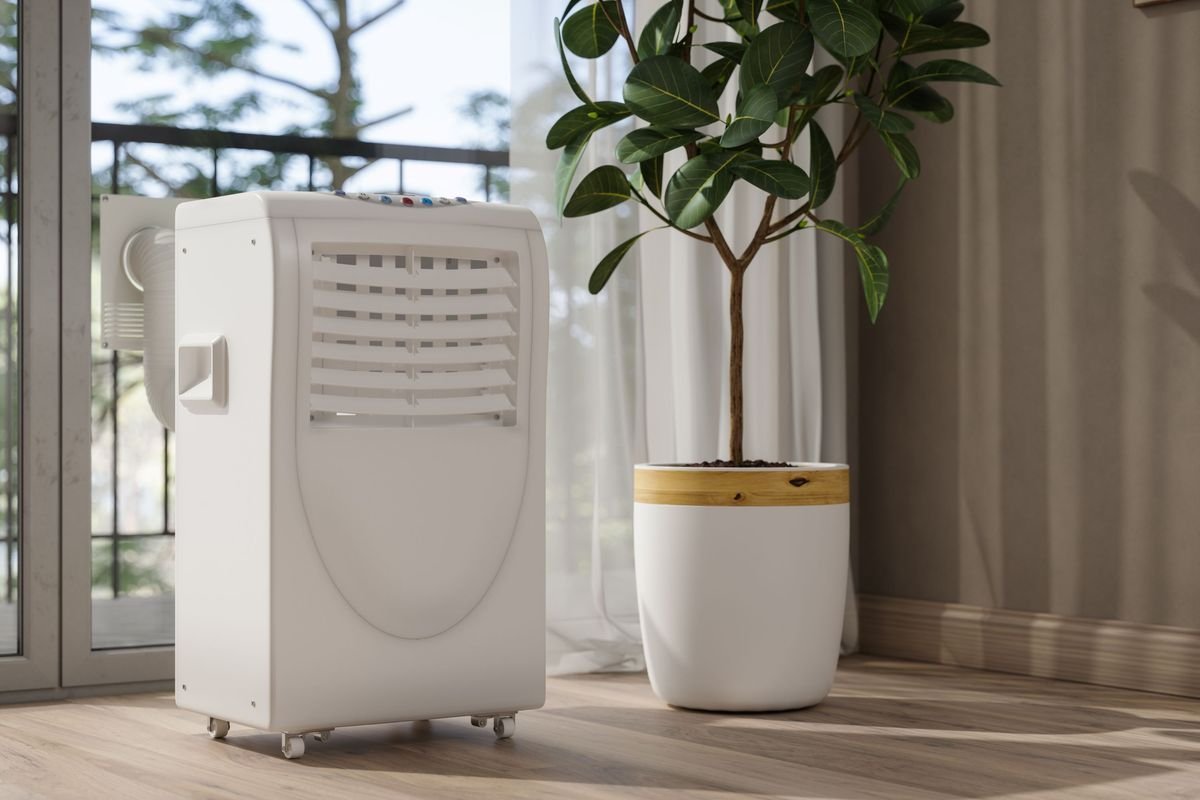In the summer, most people focus only on staying cool. However, it’s not enough. You also need to ensure that the air inside your home is clean and comfortable to breathe. Poor indoor air quality can lead to allergies or serious health issues, especially in summer when homes are often closed up and ventilation is reduced.
The key to a healthier summer at home lies in improving both air quality and comfort. It means you need to adopt practical methods to reduce indoor pollution, manage humidity, and promote better airflow. Let’s go through these methods.
7 Methods to Improve the Indoor Air Quality and Comfort in Summer
1. Use an Air Conditioner
Air conditioners do more than just cool your home. They also help filter out dust, allergens, and other harmful particles. To ensure your AC is improving your air quality, you should clean or replace the filters regularly. A clogged filter not only lowers cooling efficiency but also blows dirty air into your room.
Apart from that, you should also schedule professional servicing at least once a year to clean internal components. The most important thing you need to focus on is choosing the right AC. If your room is large, you need a wall-mounted or ceiling unit. For a smaller or compact room, the Delonghi portable air conditioner is a smart choice. Make sure you use your AC properly to improve both comfort and air purity.
2. Keep Windows Closed
Opening windows may seem like a good idea to let fresh air in. However, outdoor air quality during summer, especially in urban areas, can be worse during the day due to pollution and pollen. Therefore, you should try to keep windows closed between 11 AM and 4 PM when ozone levels and allergens are usually high.
You can open windows early in the morning or late in the evening if the outside air feels fresh and clean. This simple habit can reduce your exposure to outdoor pollutants and keep your indoor air more comfortable throughout the day.
3. Invest in Indoor Plants
Adding houseplants is a natural and probably the most effective way to improve indoor air. Certain plants, such as peace lilies, snake plants, and spider plants, can absorb carbon dioxide, benzene, formaldehyde, and other pollutants from the air. They also increase oxygen levels, which contributes to a fresher indoor environment.
However, you need to be very careful about their maintenance. Don’t overwater them, as soggy soil can lead to mould growth. You can opt for low-maintenance plants and place them in rooms where you spend the most time. It is a simple yet impactful way to promote better air quality inside your living space.
4. Vacuum and Dust Regularly
Dust, pet hair, pollen, and dead skin cells build up quickly inside your home, especially in summer when windows stay closed during the day. Vacuuming floors, carpets, and upholstery at least twice a week can help reduce the spread of allergens and bacteria.
You can use a vacuum with a HEPA filter for better results. Apart from that, you should also dust your furniture, blinds, and ceiling fans, as they trap particles that easily get back into the air. Keeping your home clean doesn’t just improve the look of your space but also helps you breathe easier and stay healthier.
5. Avoid Synthetic Air Fresheners
It may be tempting to use sprays, plug-ins, or scented candles to make your home smell good in the summer. However, most of these products release volatile organic compounds (VOCs). These chemicals can irritate your eyes, throat, and lungs.
Therefore, you should choose natural alternatives, such as essential oil diffusers and baking soda-based deodorisers. The best thing you can do is to keep your home clean and ventilated. Indoor air will feel fresher and healthier when you reduce artificial scents and avoid exposing yourself to unnecessary chemicals.
6. Control Indoor Humidity
High humidity makes your home feel warmer than it is, which leads to discomfort and stickiness. It also creates the perfect environment for mould, mildew, and dust mites, which worsen air quality. Therefore, you need to control indoor humidity. You should aim to keep humidity levels between 40% and 60%.
You can use humidity monitors to track this. Simple habits, such as using exhaust fans when cooking or showering, drying clothes outdoors, and fixing leaks, can help control moisture. The most effective thing you can do is to invest in an energy-saving dehumidifier. It will help you keep the moisture level in a comfortable range.
By adopting the aforementioned simple methods, you can enjoy not only a cooler home this summer but also a healthier one. From using your air conditioner the right way to managing humidity and avoiding harmful products, each method contributes to cleaner and fresher indoor air.
